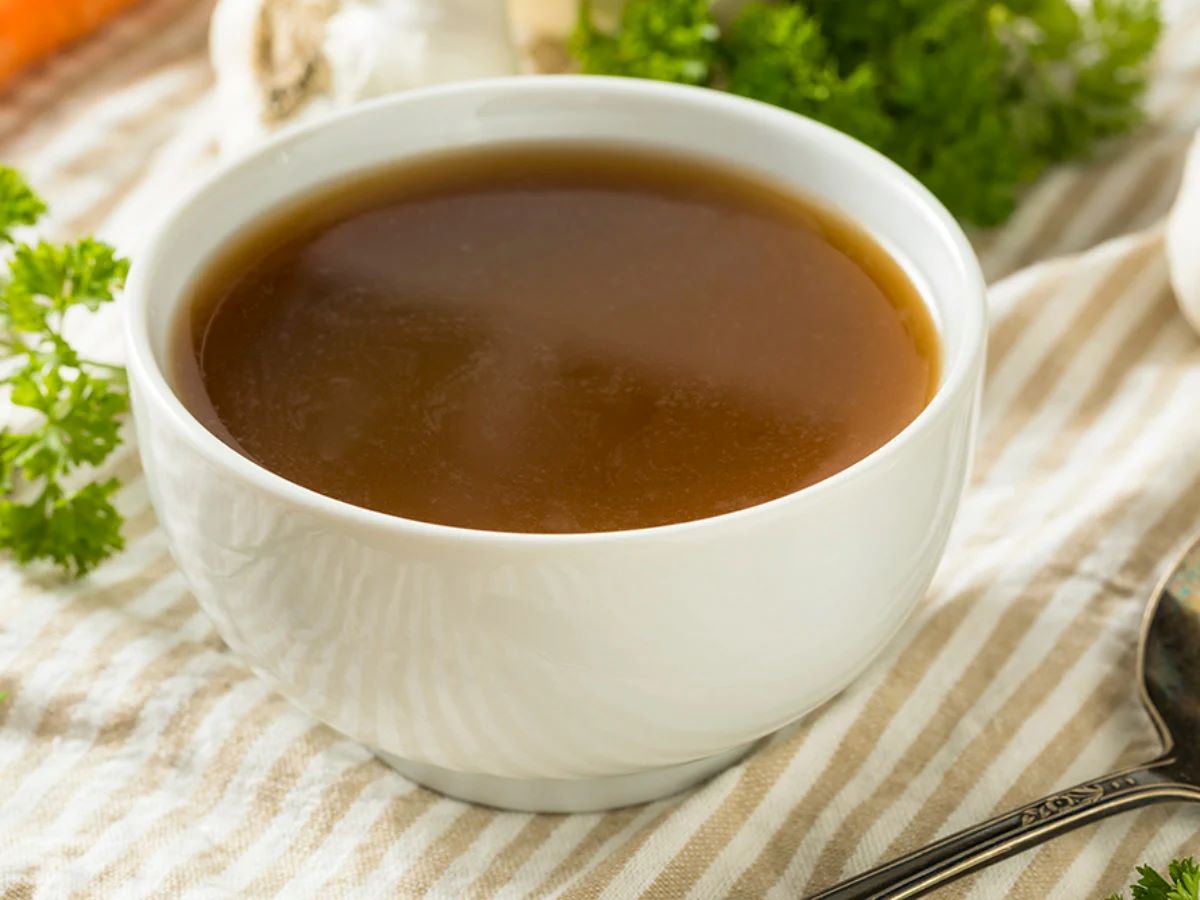

Articles
How To Store Beef Broth
Modified: October 19, 2024
Learn the best methods for storing beef broth in this comprehensive guide. Discover the ideal containers and temperature requirements to keep your broth fresh and flavorful.
(Many of the links in this article redirect to a specific reviewed product. Your purchase of these products through affiliate links helps to generate commission for Storables.com, at no extra cost. Learn more)
Introduction
Beef broth is a rich and flavorful liquid made by simmering beef bones, vegetables, and herbs. It is a versatile ingredient that can be used as a base for soups, stews, gravies, and sauces. However, making a large batch of beef broth and only using a portion of it can leave you with the question of how to properly store the remaining broth for future use. The last thing you want is for your perfectly brewed beef broth to go to waste. In this article, we will provide you with step-by-step instructions on how to store beef broth to ensure its freshness, flavor, and quality are preserved.
Key Takeaways:
- Properly storing beef broth is crucial for maintaining its flavor and quality. Choose the right containers, label and date them, and follow proper thawing methods to ensure your beef broth remains delicious and ready to use.
- To maintain the quality and flavor of your beef broth, use high-quality ingredients, store in smaller portions, and rotate your stock. Properly handle, label, and date your containers to ensure efficient organization and prevent waste.
Read more: How To Store Chicken Broth
Understanding the Basics of Beef Broth
Beef broth is a fundamental ingredient in many culinary preparations. It is typically made by simmering beef bones, along with aromatics such as onions, carrots, celery, and herbs, in water for an extended period of time. The slow simmering process helps extract the flavors, nutrients, and gelatin from the bones, creating a rich and flavorful liquid.
Beef broth is not only delicious but also packed with nutrients. It is a source of collagen, which is beneficial for joint health, skin elasticity, and gut health. Additionally, it contains essential amino acids, vitamins, and minerals that can support overall well-being.
When preparing beef broth, it is important to use high-quality bones from grass-fed or organic beef. These bones will yield a broth that is not only more nutritious but also free from antibiotics and hormones that may be present in conventionally raised beef.
Once you have made a batch of beef broth, it is crucial to handle it properly to maintain its quality and ensure its longevity. Proper storage is essential to prevent bacterial growth and maintain the flavor and consistency of the broth.
Choosing the Right Containers
When it comes to storing beef broth, choosing the right containers is key for preserving its freshness and preventing any cross-contamination. Here are some considerations to keep in mind:
- Glass jars with tight-fitting lids: Glass jars with airtight lids are an excellent choice for storing beef broth. They are non-reactive, which means they won’t absorb any flavors or odors from the broth. Additionally, glass jars are transparent, allowing you to easily identify the contents inside.
- Plastic containers with secure lids: If you prefer using plastic containers, make sure they are made from food-grade materials and have secure, leak-proof lids. Opt for containers that are specifically designed for freezer or food storage to ensure their durability.
- Freezer storage bags: Another option is to store beef broth in freezer storage bags. These are convenient and take up minimal space in the freezer. Look for bags that are specifically designed for freezer use and have a reliable seal to prevent leaks and freezer burn.
- Soup containers: If you plan on using the beef broth for soups or stews, consider investing in soup containers with separate compartments. These containers typically have a liquid-tight seal and individual compartments to keep the broth separate from other ingredients until ready to use.
Regardless of the container you choose, it’s essential to ensure that it is clean and sterilized before using it for storing beef broth. This helps prevent any bacterial contamination that could spoil the broth. Wash the containers with hot soapy water, rinse them thoroughly, and then sanitize them by either dipping them in boiling water for a few minutes or running them through the dishwasher on a hot cycle.
Preparing the Broth for Storage
Before transferring the beef broth to your chosen container, there are a few steps you should take to ensure its quality and longevity:
- Allow the broth to cool: Hot broth should not be directly transferred to the storage containers as it can cause steam buildup and affect the sealing of the lids. Let the broth cool to room temperature before proceeding.
- Strain the broth: Straining the broth helps remove any solids and impurities, resulting in a cleaner and clearer liquid. Line a fine-mesh sieve or cheesecloth over a bowl or pot and carefully pour the broth through it to catch any unwanted particles. Discard the solids or save them to use in other recipes if desired.
- Divide the broth into portions: Consider dividing the beef broth into smaller portions if you don’t plan on using the entire batch at once. This can make it easier to thaw and use only the amount you need later on, without having to thaw the entire container.
Once you have completed these steps, you can proceed to transfer the beef broth into your chosen containers for storage. Fill each container, leaving some headspace at the top to allow for expansion during freezing or cooling in the refrigerator. Be careful not to overfill to prevent leaks and spills.
Seal the containers tightly with their respective lids, ensuring a secure and airtight seal. This will help to prevent freezer burn or any contamination. Make sure to wipe off any spills or drips on the exterior of the containers or bags before storing to keep them clean and avoid unwanted odors in your freezer or refrigerator.
Freezing Beef Broth
Freezing beef broth is a convenient way to extend its shelf life and keep it on hand for future use. Here’s how to freeze beef broth properly:
- Cool the broth: Before freezing, allow the beef broth to cool completely in the refrigerator. This ensures that the broth is at a safe temperature and helps prevent any bacteria growth during the freezing process.
- Choose freezer-safe containers: Use freezer-safe containers or bags specifically designed for freezing. These containers should be able to withstand low temperatures and prevent freezer burn.
- Portion into containers: Divide the beef broth into smaller portions that you can easily thaw and use as needed. Consider portioning it according to your regular recipe requirements to avoid any wastage.
- Label the containers: It’s essential to label each container or bag with the date of freezing and the amount of broth it contains. This will help you keep track of its freshness and ensure you use the oldest broth first.
- Leave headspace: Allow some headspace in each container to account for the broth’s expansion as it freezes.
- Seal the containers: Ensure that the containers are tightly sealed to prevent any air from entering and damaging the broth. For bags, remove any excess air before sealing them securely.
- Store in the freezer: Place the sealed containers or bags in the freezer, making sure to arrange them in a flat position to save space and allow for even freezing. Try not to stack them immediately to avoid the risk of toppling over.
- Freeze for up to 3 months: Beef broth can be stored in the freezer for up to 3 months without a significant loss in quality. As time passes, the broth may gradually lose its flavor and quality, so it’s best to use it within this timeframe for the best results.
To utilize the frozen beef broth, simply remove the desired portion from the freezer and thaw it in the refrigerator overnight. Alternatively, you can use a microwave on the defrost setting or place the frozen broth in a pot on low heat, stirring occasionally until thawed. Once thawed, the beef broth can be used in your favorite recipes.
By following these steps, you can ensure that your beef broth remains delicious and ready to use whenever you need it!
Store beef broth in airtight containers in the refrigerator for up to 4 days, or freeze it in ice cube trays for easy portioning and use within 3 months.
Read more: How To Store Pho Broth
Refrigerating Beef Broth
If you plan to use your beef broth within a few days, storing it in the refrigerator is a convenient option. Here are the steps to properly refrigerate beef broth:
- Cool the broth: Allow the beef broth to cool to room temperature before refrigerating. Placing hot broth in the refrigerator can increase the internal temperature and affect the overall quality and safety of the broth.
- Transfer to airtight container: Pour the cooled beef broth into an airtight container. Glass jars with tight-fitting lids or plastic containers with secure seals work well for refrigeration.
- Leave space for expansion: Ensure that you leave some headspace at the top of the container to allow for any expansion that may occur as the broth cools and freezes slightly in the refrigerator.
- Seal the container: Securely seal the container to prevent any air or odors from entering and contaminating the broth.
- Label and date: Label the container with the date of storage to help you keep track of its freshness. It’s best to use refrigerated beef broth within 4-5 days for optimal quality.
Once your beef broth is properly sealed and labeled, place the container in the refrigerator. Try to keep it away from raw meats or strong-smelling items to avoid any potential flavor transfer.
It’s important to note that beef broth stored in the refrigerator will have a shorter shelf life compared to frozen broth. Therefore, it’s advisable to use refrigerated broth within a few days to maintain its flavor and quality.
When you’re ready to use the refrigerated beef broth, you can heat it gently on the stovetop or in the microwave until it reaches your desired temperature. Use it as a base for soups, stews, or any recipe that calls for beef broth.
By following these guidelines, you can safely refrigerate your beef broth and enjoy it within a short period of time.
Proper Labeling and Dating
Labeling and dating your beef broth containers is essential for maintaining organization, tracking freshness, and preventing waste. Here’s how to properly label and date your beef broth:
- Use a permanent marker: Choose a permanent marker with bold, easy-to-read ink that won’t smear or fade when in contact with moisture.
- Label each container: Write “Beef Broth” or “BB” on each container to clearly indicate its contents. This will help you quickly identify the broth in the freezer or refrigerator.
- Date of preparation: Write down the date when the beef broth was prepared. This will allow you to keep track of its age and determine its freshness when planning to use or discard it.
- Expiration date: Calculate and write down the expiration date of your beef broth based on recommended storage times. This will serve as a reminder to use the broth within a certain timeframe, whether in the refrigerator or freezer.
- Quantity: If possible, indicate the quantity or volume of broth in each container. This can be helpful when planning meals and determining how much broth to thaw or use at a time.
- Additional information: If there is any specific information you want to add, such as any special ingredients or seasonings used, feel free to include it on the label.
Proper labeling and dating not only help you keep track of your beef broth but also assist in managing inventory and preventing food waste. By maintaining a clear system, you can easily identify and use the oldest broth first, ensuring that no broth goes to waste.
Remember to use a waterproof marker or utilize labels that won’t come off or fade easily in the refrigerator or freezer. Remove any old labels or markings from containers before storing new batches of beef broth to avoid confusion.
By implementing proper labeling and dating practices, you can effectively manage your beef broth inventory and ensure its freshness and quality when you’re ready to use it.
Thawing and Using Frozen Beef Broth
When it comes time to use your frozen beef broth, proper thawing is essential to preserve its flavor and quality. Here’s how to thaw and use frozen beef broth:
- In the refrigerator: The safest and recommended method for thawing frozen beef broth is to transfer it from the freezer to the refrigerator. Place the tightly sealed container of broth in the refrigerator and allow it to thaw slowly overnight or for about 24 hours. This gradual thawing process ensures even defrosting while keeping the broth at a safe temperature.
- In cold water bath: If you need to thaw the beef broth more quickly, you can use the cold water bath method. Place the tightly sealed container of frozen broth in a larger bowl or basin filled with cold water. Change the water every 30 minutes to maintain its low temperature. Keep in mind that this method requires constant attention and supervision to ensure the water remains cold and food safety is maintained. Thawing with this method typically takes a couple of hours, depending on the size of the container and the thickness of the frozen broth.
- In the microwave: If you’re short on time, you can use the defrost setting on your microwave to thaw the frozen beef broth. Follow the manufacturer’s guidelines for defrosting liquids or use short intervals of low power to prevent uneven heating. Be cautious not to overheat the broth, as it may start to cook in some areas while remaining frozen in others.
After thawing the beef broth, it’s important to use it as soon as possible. Avoid refreezing thawed broth as it can affect the quality and taste.
Now that your beef broth is thawed and ready to use, you can incorporate it into a variety of recipes. It serves as an excellent base for soups, stews, gravies, and sauces. You can also use it to add flavor and depth to rice dishes, braised meats, and even mashed potatoes.
When using the thawed beef broth in your recipes, make sure to adjust the seasoning and salt levels as necessary, as some flavor may intensify or dissipate during the freezing and thawing process. Taste and adjust the seasoning accordingly to achieve the desired flavor profile.
If you have thawed more broth than you need for a particular recipe, you can safely store the leftovers in the refrigerator for a few days. Remember to transfer the remaining broth to a clean and airtight container and promptly refrigerate it to maintain its freshness.
Thawing the frozen beef broth correctly ensures that it retains its quality, flavor, and nutritional value, giving you a delicious foundation for your culinary creations.
Tips for Maintaining Quality and Flavor
To ensure that your beef broth maintains its quality and flavor throughout its storage period, consider the following tips:
- Proper sealing: When storing beef broth, whether in the freezer or refrigerator, ensure that the containers are tightly sealed and airtight. This helps prevent air exposure, which can lead to freezer burn or flavor degradation.
- Use high-quality ingredients: The quality of your beef broth largely depends on the ingredients you use. Opt for high-quality beef bones and fresh vegetables, as they will contribute to a more flavorful and nutritious broth.
- Skim off fat: If your beef broth has an excess layer of fat, consider skimming it off before storing. This helps prevent the broth from becoming greasy and maintains its cleaner taste and texture.
- Store in smaller portions: If you frequently use smaller amounts of beef broth in your recipes, consider storing it in smaller portions. This allows you to thaw and use only what you need, without repeatedly thawing and refreezing the entire batch.
- Rotate your stock: To minimize spoilage and ensure freshness, rotate your stock by using older beef broth before newer batches. This prevents broth from sitting in the freezer or refrigerator for too long and losing flavor.
- Keep track of storage times: Properly label and date your beef broth containers to keep track of storage times. This helps you know when to use the broth before its quality deteriorates.
- Avoid temperature fluctuations: Frequent temperature changes can compromise the quality of the beef broth. Avoid thawing and refreezing the broth unnecessarily, and maintain a consistent temperature in the storage area.
- Properly handle and store: Ensure that you handle and store your beef broth with clean hands and in a sanitary environment. This helps prevent contamination and maintains the quality of the broth.
- Regularly check for freshness: Before using thawed or refrigerated beef broth, assess its freshness by smelling and visually inspecting it. If it has an off odor or appearance, discard it to avoid the risk of consuming spoiled broth.
- Experiment with flavor enhancements: While beef broth is flavorful on its own, you can enhance its taste by adding herbs, spices, or aromatics when using it in recipes. This can elevate the overall flavor profile and make your dishes even more delicious.
By following these tips, you can maintain the quality and flavor of your beef broth, ensuring that it remains a versatile and delicious ingredient in your culinary repertoire.
Read more: How To Store Broth In Freezer
Conclusion
Properly storing beef broth is essential to maximize its freshness, flavor, and quality for future use. Whether you’re storing it in the freezer or refrigerator, following the right techniques will help preserve its taste and nutritional value.
When storing beef broth, selecting the right containers, such as glass jars or plastic containers, is crucial for maintaining its integrity. Make sure to allow the broth to cool, strain it, and divide it into suitable portions before transferring it to the containers. Properly labeling and dating each container will help you keep track of its freshness and ensure efficient organization.
If freezing beef broth, use freezer-safe containers or bags, leaving enough headspace for expansion. Remember to use the oldest broth first and limit frozen storage to about three months for optimal quality. Thaw frozen beef broth in the refrigerator overnight or use the cold water bath or microwave methods for quicker thawing.
Refrigerating beef broth is ideal if you plan on using it within a few days. Store it in airtight containers, ensuring proper labeling and dating to keep track of its freshness. Remember to consume refrigerated beef broth within 4-5 days to maintain its flavor and safety.
Maintaining the quality and flavor of your beef broth involves proper sealing, using high-quality ingredients, and skimming excess fat. Storing broth in smaller portions, rotating your stock, and avoiding temperature fluctuations are also crucial. Regularly checking for freshness and experimenting with flavor additions can elevate the taste of your dishes.
By following these guidelines, you can ensure that your beef broth remains delicious, nutrient-rich, and ready to enhance your favorite recipes whenever you need it.
So, next time you make a batch of beef broth, remember these tips to maximize its storage potential and enjoy its incredible flavor for months to come!
Frequently Asked Questions about How To Store Beef Broth
Was this page helpful?
At Storables.com, we guarantee accurate and reliable information. Our content, validated by Expert Board Contributors, is crafted following stringent Editorial Policies. We're committed to providing you with well-researched, expert-backed insights for all your informational needs.
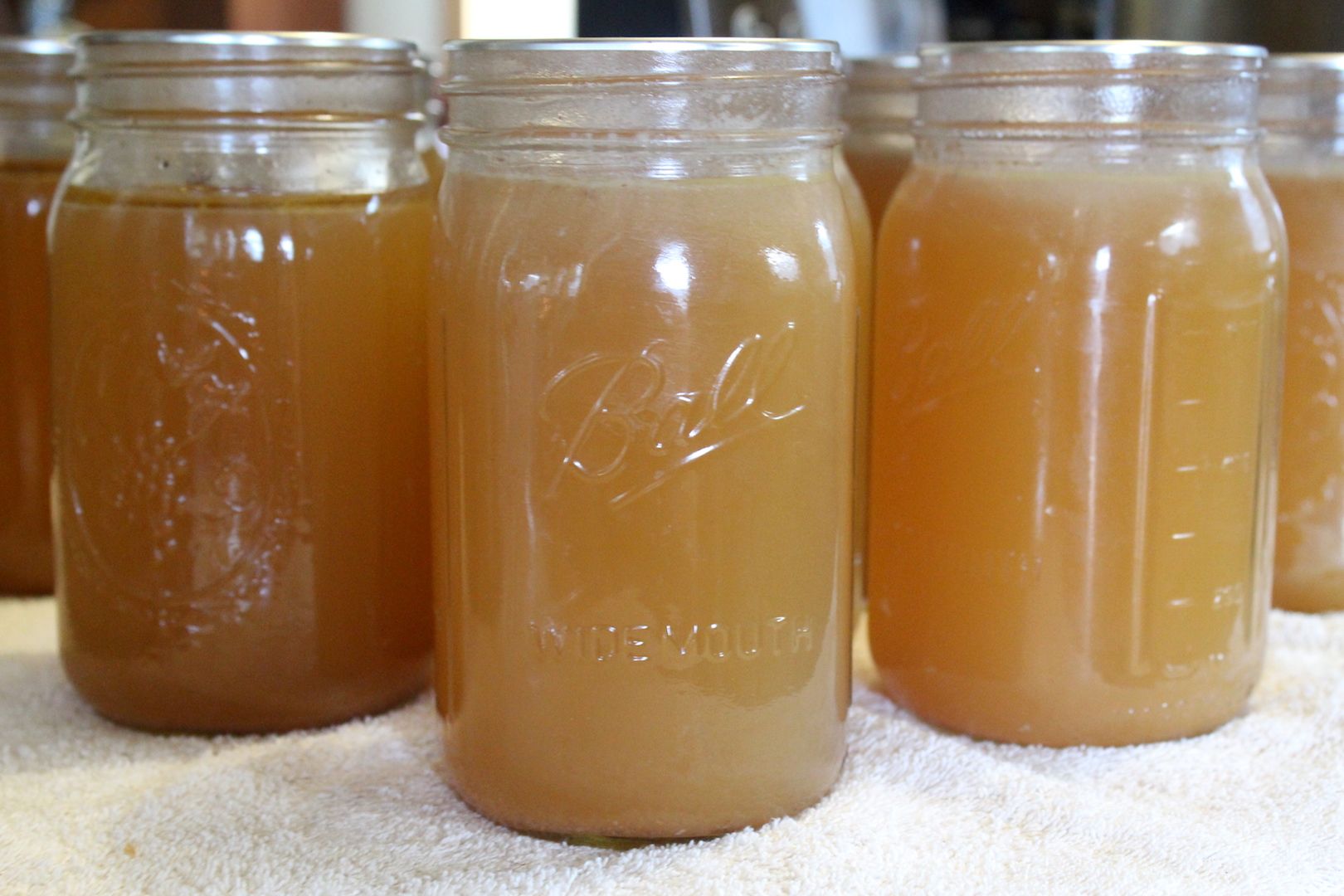


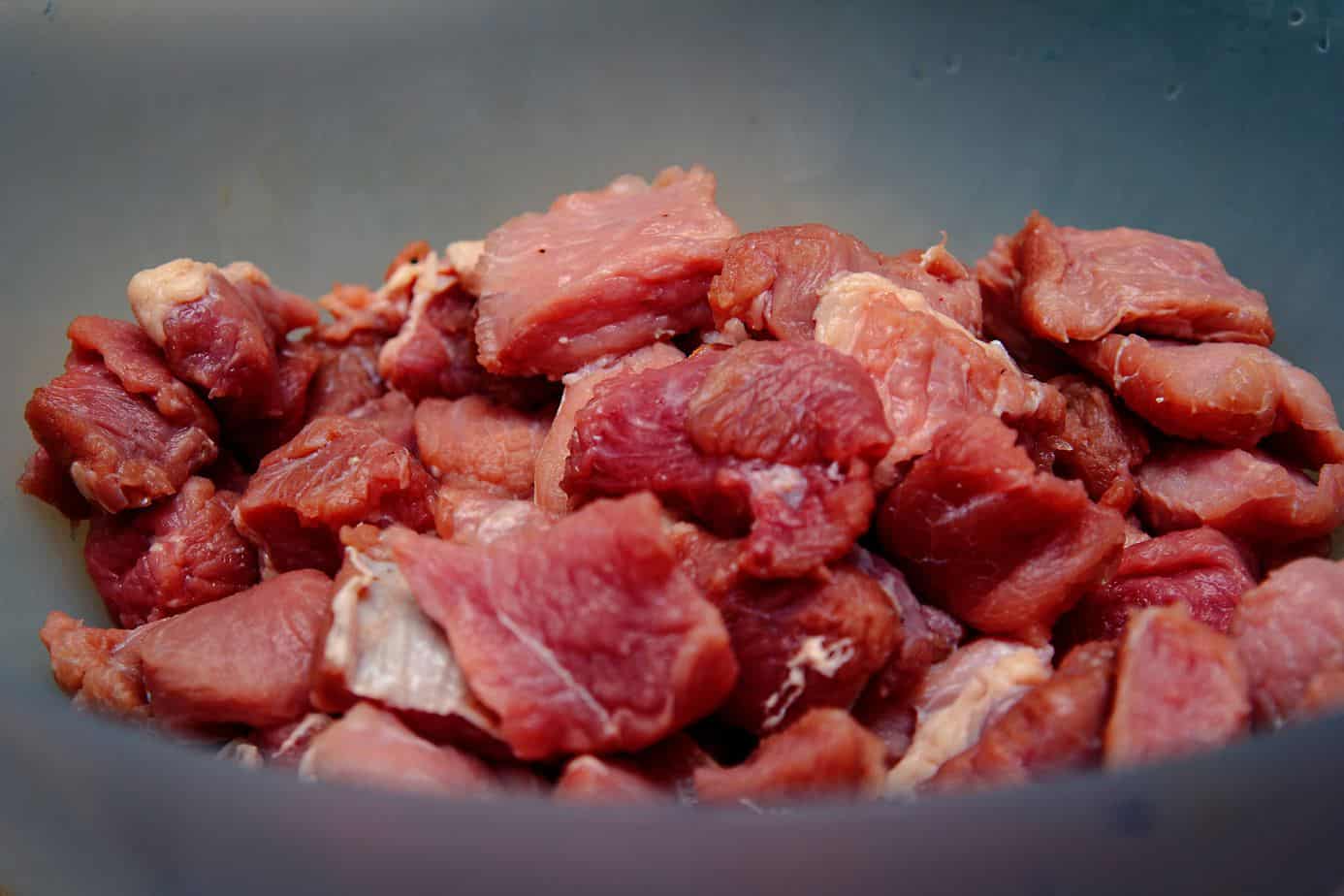
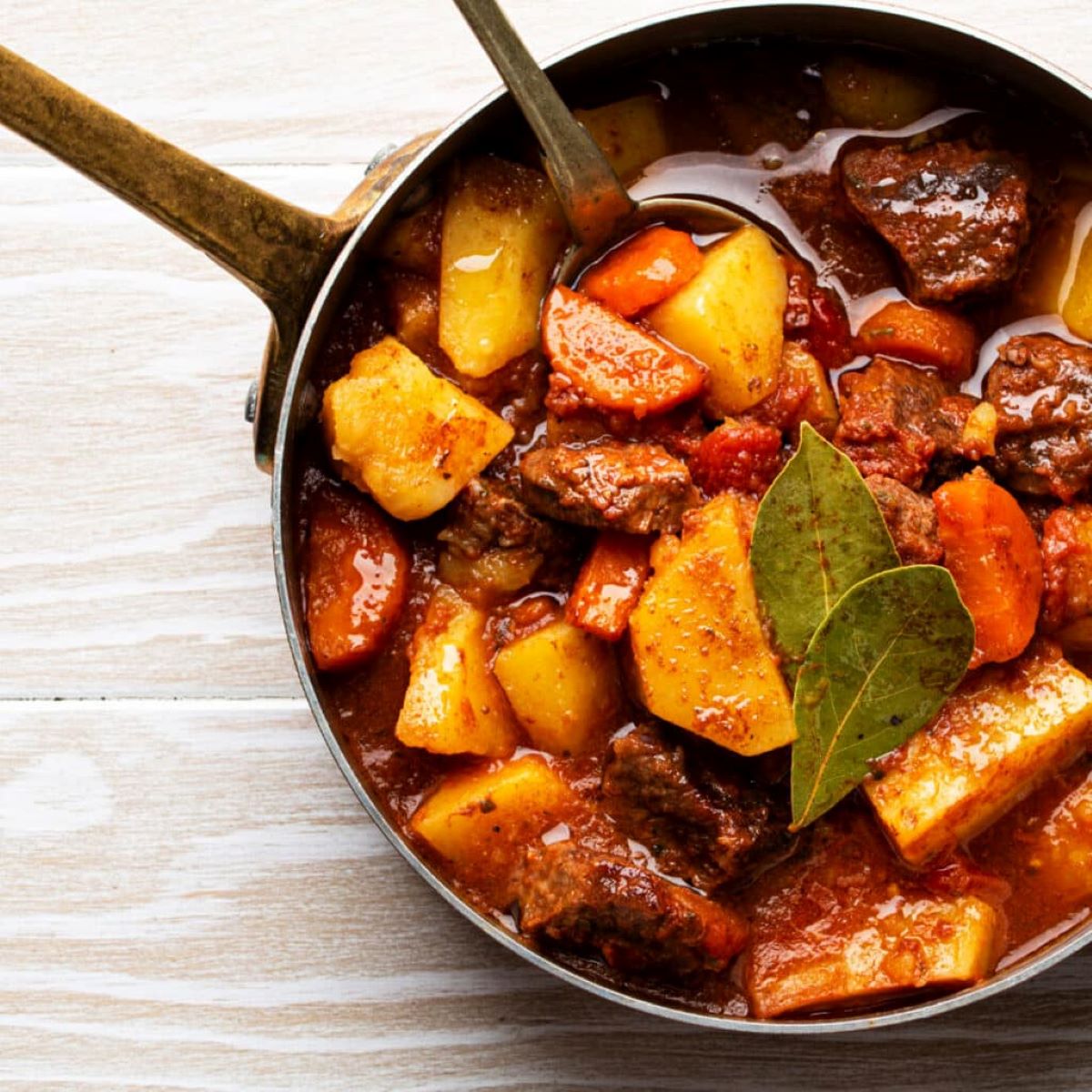
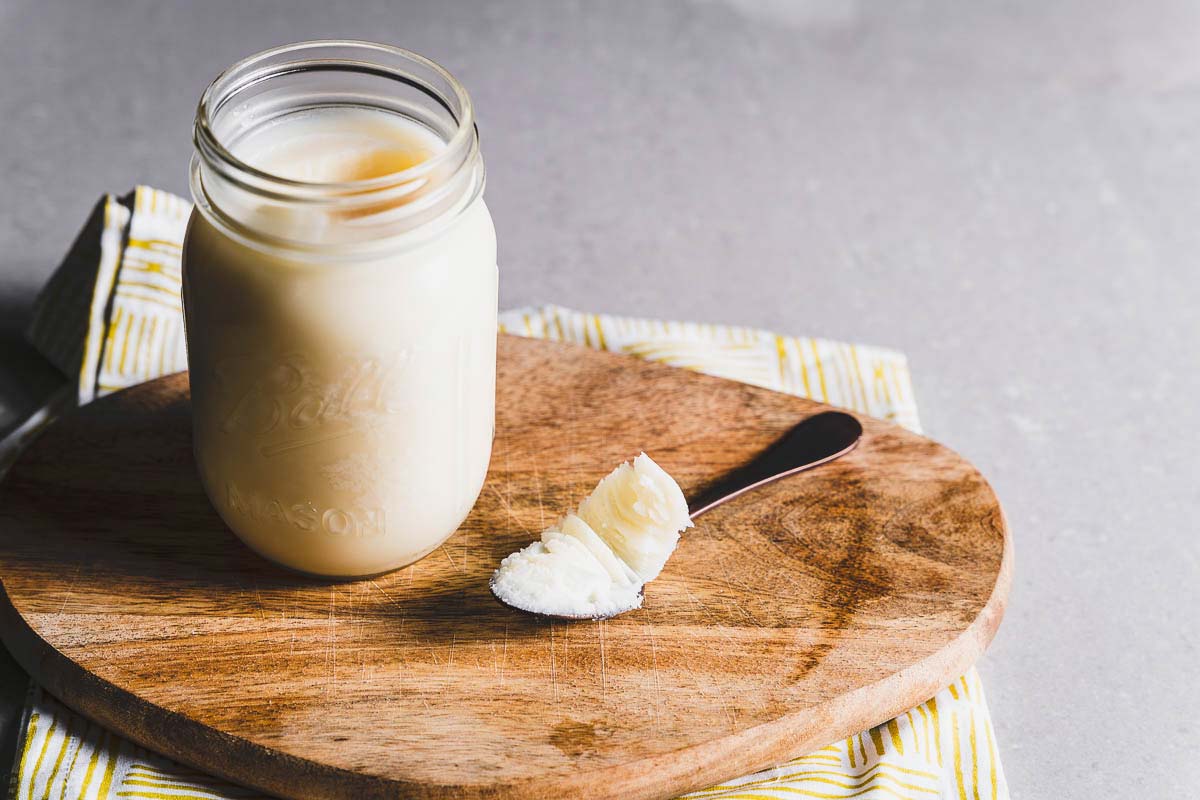
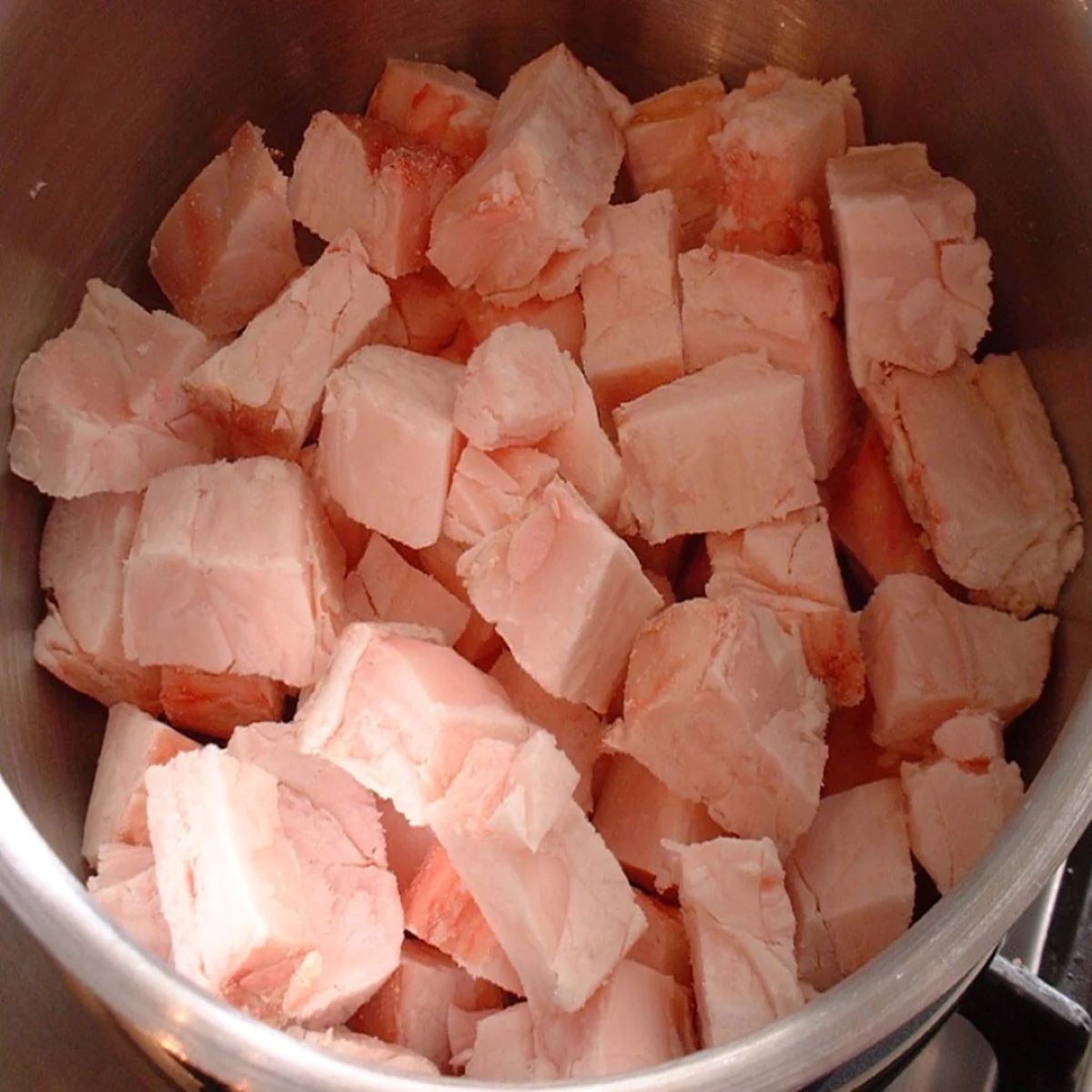
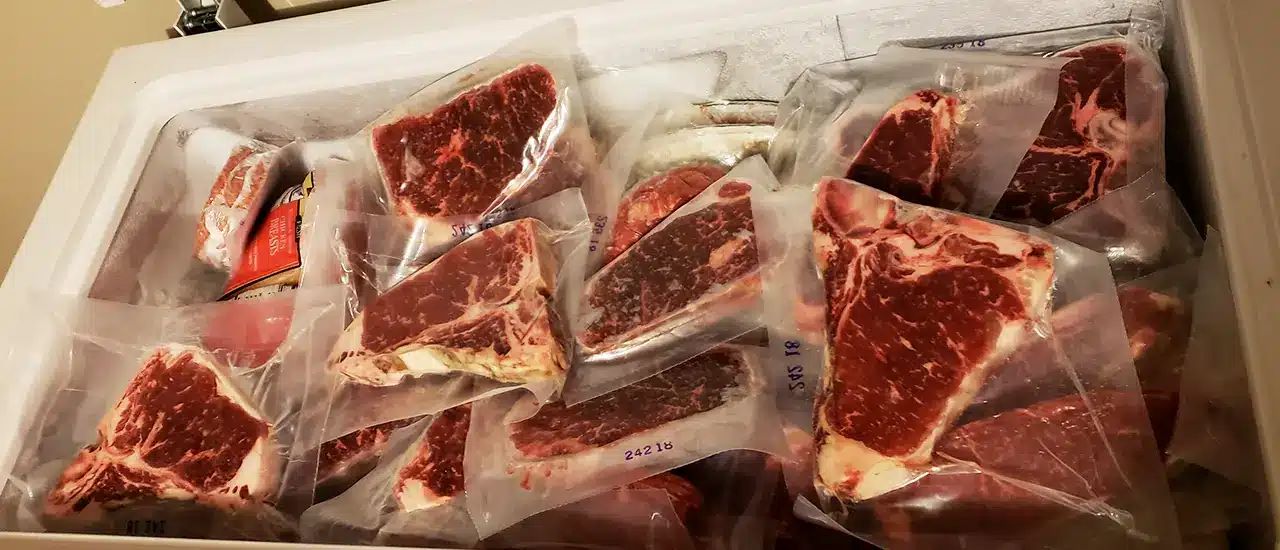
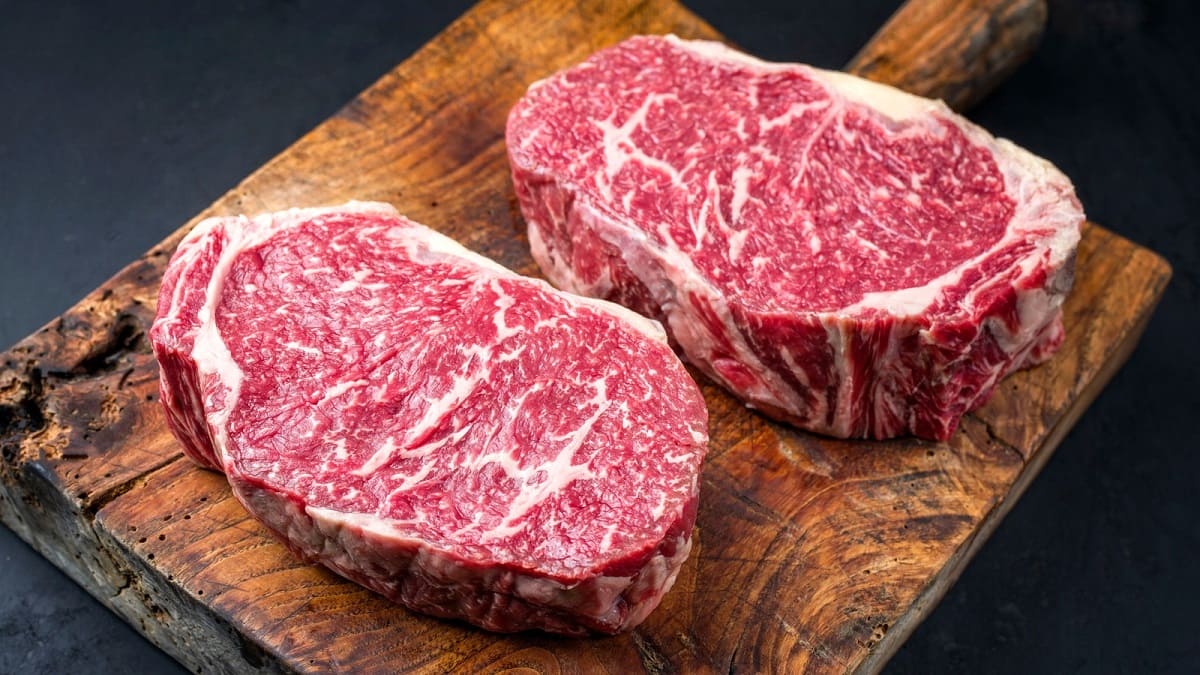
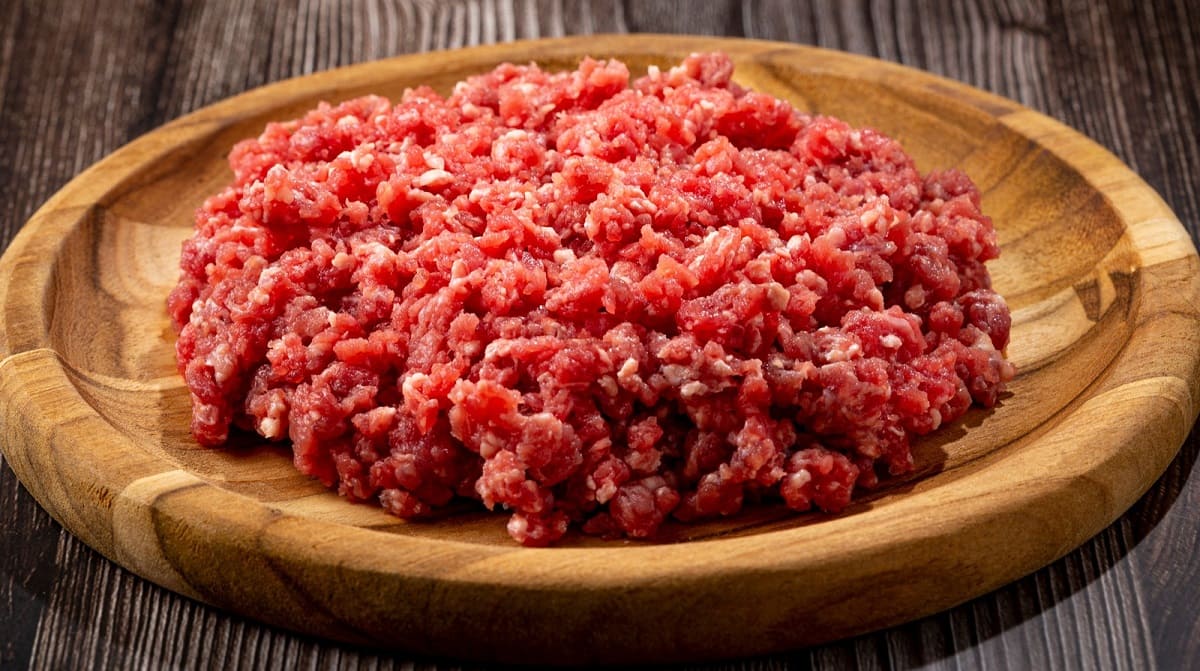

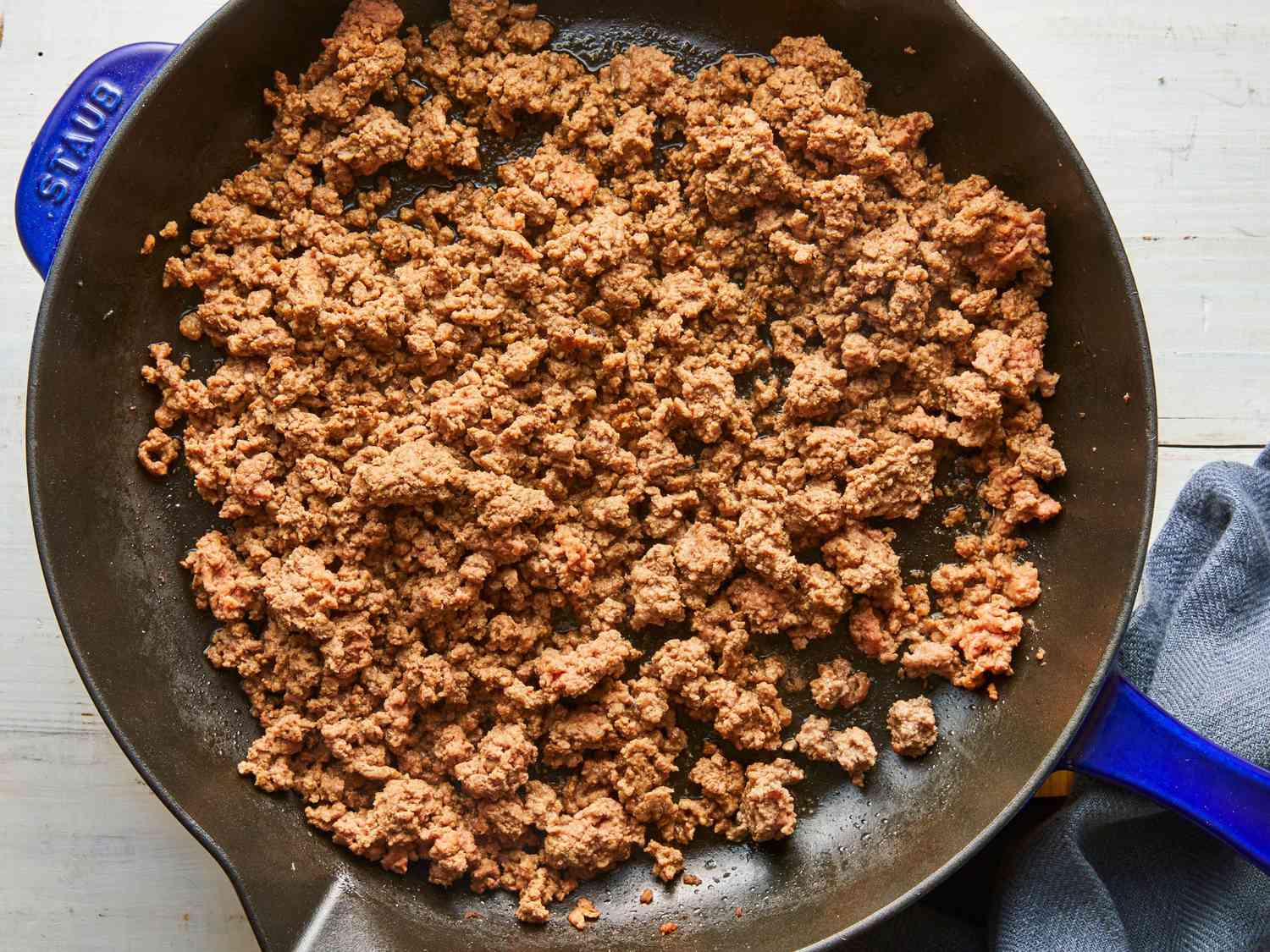
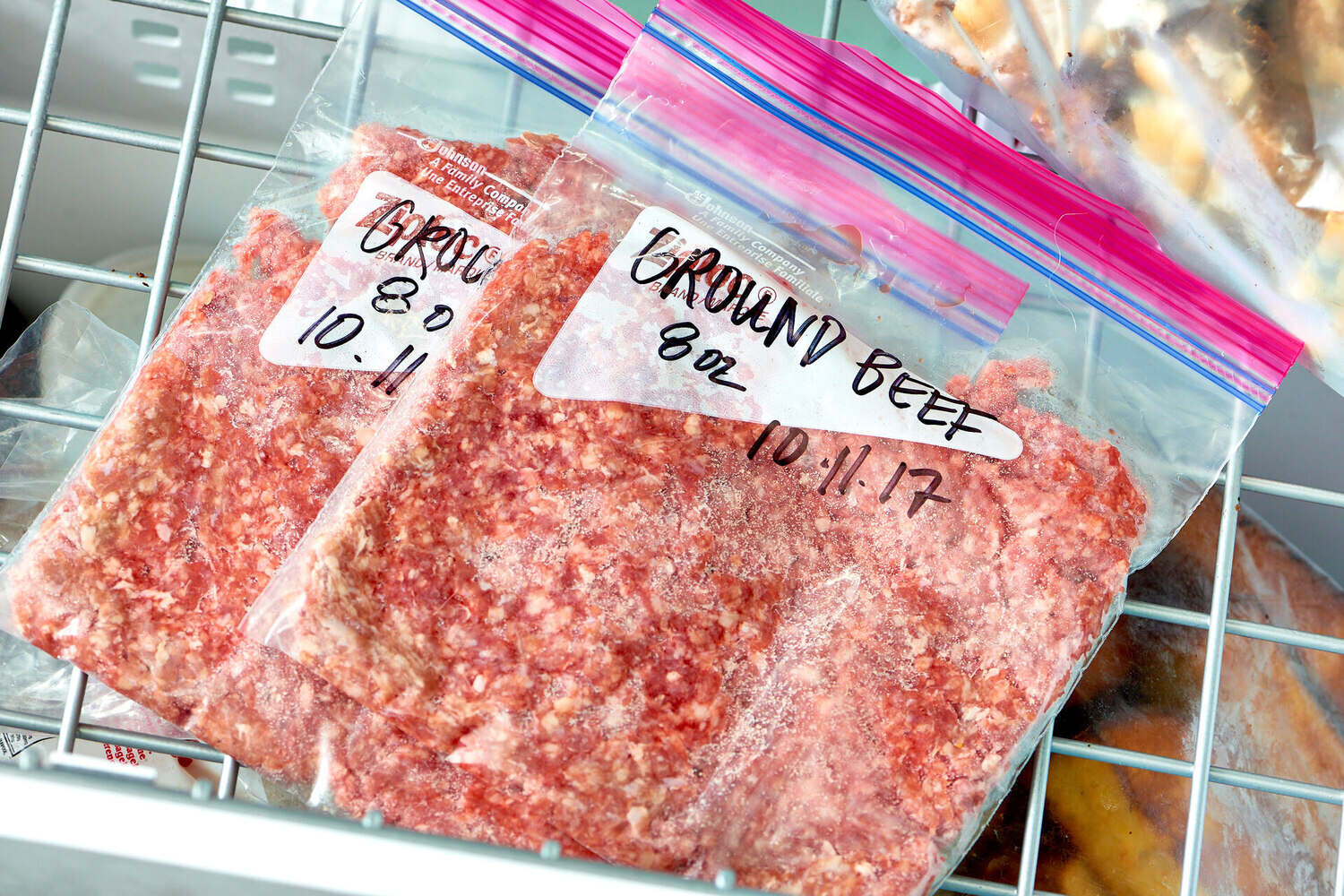

0 thoughts on “How To Store Beef Broth”